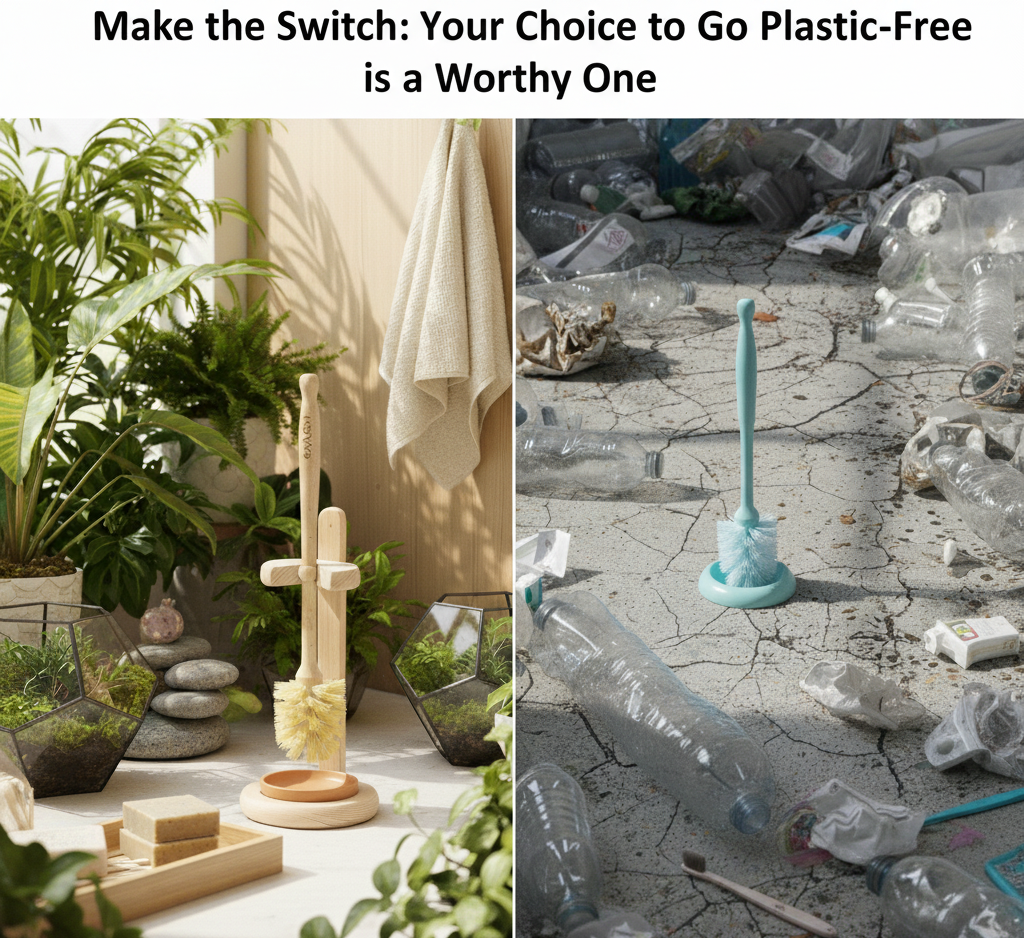Unraveling the Eco-Friendly Facade: A Deep Dive into 'Aqueous' Coating on Home Compostable Cups and Dispersion Coating Realities
The sustainability wave has brought about significant changes in packaging, and one term that often surfaces is 'aqueous' coating. This water-based lining is purported to revolutionize our coffee experience while being eco-friendly.
However, amidst the buzz, there lies a need to unmask greenwashing claims and delve into the truth behind these supposedly sustainable choices.
From many companies the only one I could find telling the truth was Biopak.
How Are Aqueous Cups Different From Other Cups?
Since the aqueous coating is applied directly to the paper, it reduces the amount of polymers required. In fact, aqueous cups only use a third of synthetic polymers compared to bioplastic and plastic-lined cups. What’s more, aqueous cups don’t need an extra waterproof layer because the coating is absorbed into the paper fibres of the cup.

What is 'Aqueous' Coating?
'Aqueous' coating is a water-based lining that ensures watertightness in home compostable cups. Not only does it reduce emissions and material use, but its composition also includes a small fraction of synthetic polymers for food-safe, waterproof layers. The application process is akin to painting, where the coating is absorbed into paper fibers.
Differentiating Aqueous Cups:
A significant characteristic of 'aqueous' coated cups is the absence of additional layers. The waterproof coating is embedded directly into the cup, distinguishing it from alternatives that use more waterproof material like PLA. However, amidst the eco-friendly claims, a cautious eye is needed to scrutinize labels such as "compostable," "recyclable," "plastic-free," and "biodegradable."
So how can these products be called ‘plastic-free’ if they have plastic in them?
It all depends on how plastic is defined in law. It’s all very complicated and it depends very much on where you are on the planet, but the long and the short of it is that as a dispersed coating, a WBDC or aqueous coating isn’t capable of acting as the ‘main structural component’ of the cup or container, and therefore, magically, it’s not plastic. Source

Beware of Greenwashing:
To make informed choices, it's crucial to verify compostability logos and manufacturer licenses. Confirming recyclability through recognized standards, such as ARL, is equally important. Despite its merits, it's essential to acknowledge that 'aqueous' coating is not entirely plastic-free, and ongoing efforts are being made to develop alternatives. Consumers should also demand transparency regarding biodegradation timeframes.
Dispersion Coating: Unraveling the Sustainability Myth:
In the quest for sustainable packaging, another player on the scene is dispersion coating, often labeled as 'water-based' or 'aqueous.' However, a closer look reveals a more complex reality. Dispersion coating involves scattering petrochemical-derived polymers like polystyrene or acrylic in water to create a coating.
Coffee cups with water-based coatings are not plastic free
All aqueous coating formulations used to coat paper cups use a thermoplastic chemistry which dries by evaporative means. The aqueous component evaporates while the remaining solids (plastic) remain behind to form a film. This film is integral to the structure of a paper cup as heat is used to melt the plastic layer in order to form a water tight seal along the seam of the cup. These materials contain plastics and therefore should not claim to be plastic free. Source
Environmental Impact Reality:
While dispersion coating may pass recycling tests, it doesn't address the core issue of plastic waste. Microplastics from the coating persist, posing risks to water bodies. Despite recent EU directives and scrutiny in the UK to curb misleading claims (greenwashing), challenges remain in achieving genuine sustainability.
Are Dispersion Coatings Sustainable?
In light of these concerns, questions arise about the actual sustainability of dispersion coatings. EU directives and the Green Claims Directive aim to tackle greenwashing, emphasizing the importance of education and consumer responsibility in making eco-conscious choices.

Notpla for True Sustainability:
Amidst the complexities, consumers seeking a genuine eco-friendly alternative should turn to Notpla. Offering coatings derived from seaweed and plants, Notpla ensures a biodegradable solution that goes beyond the greenwashing challenges associated with conventional dispersion coatings.
In a world rife with greenwashing, knowledge becomes our strongest ally in making sustainable choices. Understanding that a compostable cup goes beyond the label and involves scrutiny of the coating beneath it is paramount. As we navigate the landscape of 'aqueous' and dispersion coatings, embracing eco-conscious living becomes not just a choice but a responsibility. Explore alternatives like Notpla for a truly sustainable and guilt-free coffee experience.










